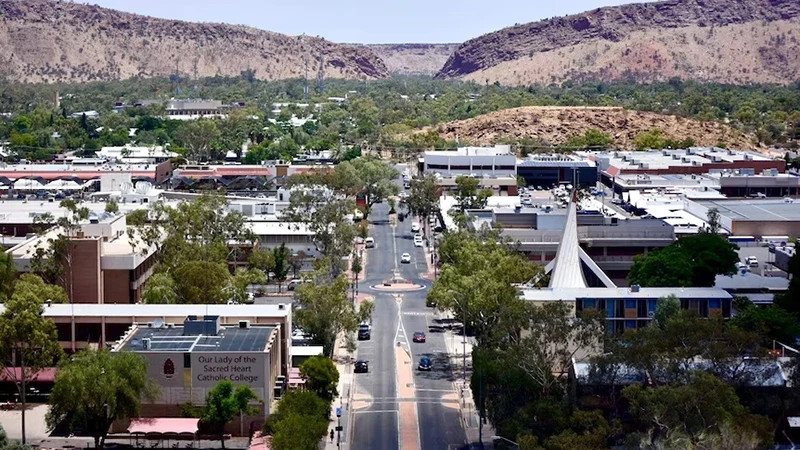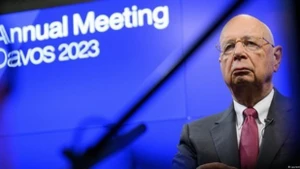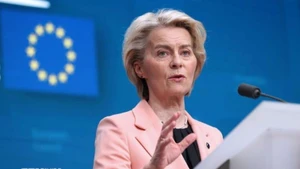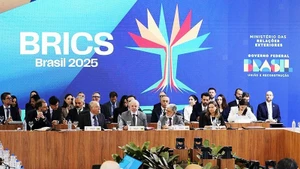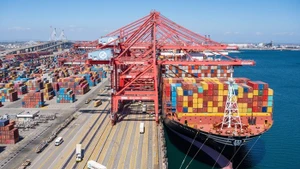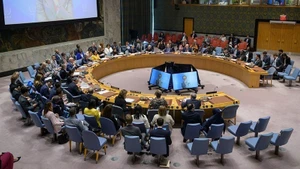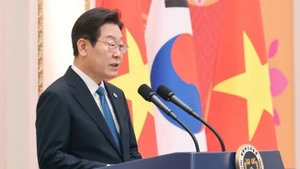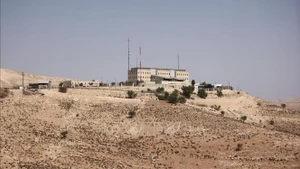This is an important project to promote new low-emission technology that meets climate goals. In the roadmap to bring net zero emissions, Australia also strongly develops solar energy and builds large-scale wind farms.
The plan to build a rare earth refinery and mining plant is a first and an ambitious step forward for Australia's rare earth and minerals mining industry. The rare earth mine and refinery will be located 125 km north of Alice Springs, operated by Australian mineral exploration company Arafura.
Rare earths are an essential component in renewable energy and defence technologies. The above groundbreaking investment is expected to make Australia a global leader in sustainable rare earth production.
Australia identified critical minerals as the building blocks for a clean energy future. The government has become a major investor and partner in this important sector, creating jobs and opportunities for more Australians.
With the largest deposits of critical minerals in the world and through this project, Australia is encouraging more international partners like the Republic of Korea and Germany to invest in Australia and diversify global supply chains. Australian Minister for Trade and Tourism Don Farrell said the government was committed to "unlocking" new critical minerals projects to help us become a "renewable energy superpower".
Rare earths are an essential component in renewable energy and defence technologies. The above groundbreaking investment is expected to make Australia a global leader in sustainable rare earth production.
The Australian government is focusing on speeding up the approval of renewable energy projects to realise ambitious climate goals and make the Oceania nation one of the clean energy powers.
Renewable energy projects, which have stagnated for years due to stagnant climate policies, are now seeing significant investment. In a “Backbone-based roadmap” for Australia to net zero emissions by 2050, the Australian Parliament has passed a new climate policy law, which imposes emissions limits on the most polluting industrial facilities in Australia.
Also, under the new law, aluminium smelters, coal mines, oil refineries and other large polluters will be forced to cut their emissions by 4.9 per cent each year. With the new legislation, the Australian Government has forecast it can stop 200 million tonnes of carbon from being pumped into the atmosphere over the next decade.
The transition to clean energy and a decarbonised economy is considered a major economic opportunity for Australia. The Oceania nation is determined to seize this opportunity and is investing AUD500 million in hydrogen hubs across Australia.
Australia is expected to become the second largest net exporter of low-emissions hydrogen by 2030 and the largest by 2050, according to the International Energy Agency's 2022 edition of its World Energy Outlook.
To secure Australia in becoming a powerhouse in renewable energy, in early 2024, the Australian Government said it plans to invest up to 70 million AUD (46.23 million USD) to develop the Townsville Region Hydrogen Hub in north Queensland.
The project is in cooperation with the German government and businesses, with plans to start in 2025, complete in 2026 and put into initial commercial operation in 2027.
The initial stage of the hub will produce 800 tonnes of green hydrogen per year, enough to fuel over 40 heavy vehicles a year. It will ramp up to around 3,000 tonnes for domestic supply and ultimately over 150,000 tonnes for export.
The hub, led by Edify Energy, will produce green hydrogen for use by local industry and in zero-emissions transport. It will also deliver a 17.6 MW domestic production facility with integrated renewable energy generation and battery storage.
The Australian government has granted approvals to the ‘Melbourne Renewable Energy Hub’ (MREH), a 1,200MW/2.4GWh two-hour duration battery energy storage system (BESS) in the state of Victoria. The project is expected to be one of the largest renewable energy centres in the world and home to the largest battery storage system in Asia and Oceania.
According to the Australian Ministry of Environment and Water, the Melbourne Renewable Energy Hub will store renewable energy for use in Melbourne when it is needed and also absorb excess roof-top solar from Victorian homes as it flows back into the transmission grid. Equipped with a battery system with a capacity of 2.4GWh, this will provide energy for more than 1 million households and help stabilise the supply of renewable energy in the surrounding area.
The Australian government also recently approved the Yanco Delta Wind Farm project in New South Wales (NSW) - one of the largest clean energy projects in this Oceania country.
The Yanco Delta wind farm is expected to have a capacity of 1,500 megawatts, enough to power 700,000 homes in NSW. The project is expected to significantly contribute to reducing greenhouse gas emissions, with an estimated saving of nearly five million tonnes annually – equivalent to removing 1.5 million cars from the roads. This is considered a big step forward in the Australian Government's plan to turn the country into a "renewable energy superpower".
